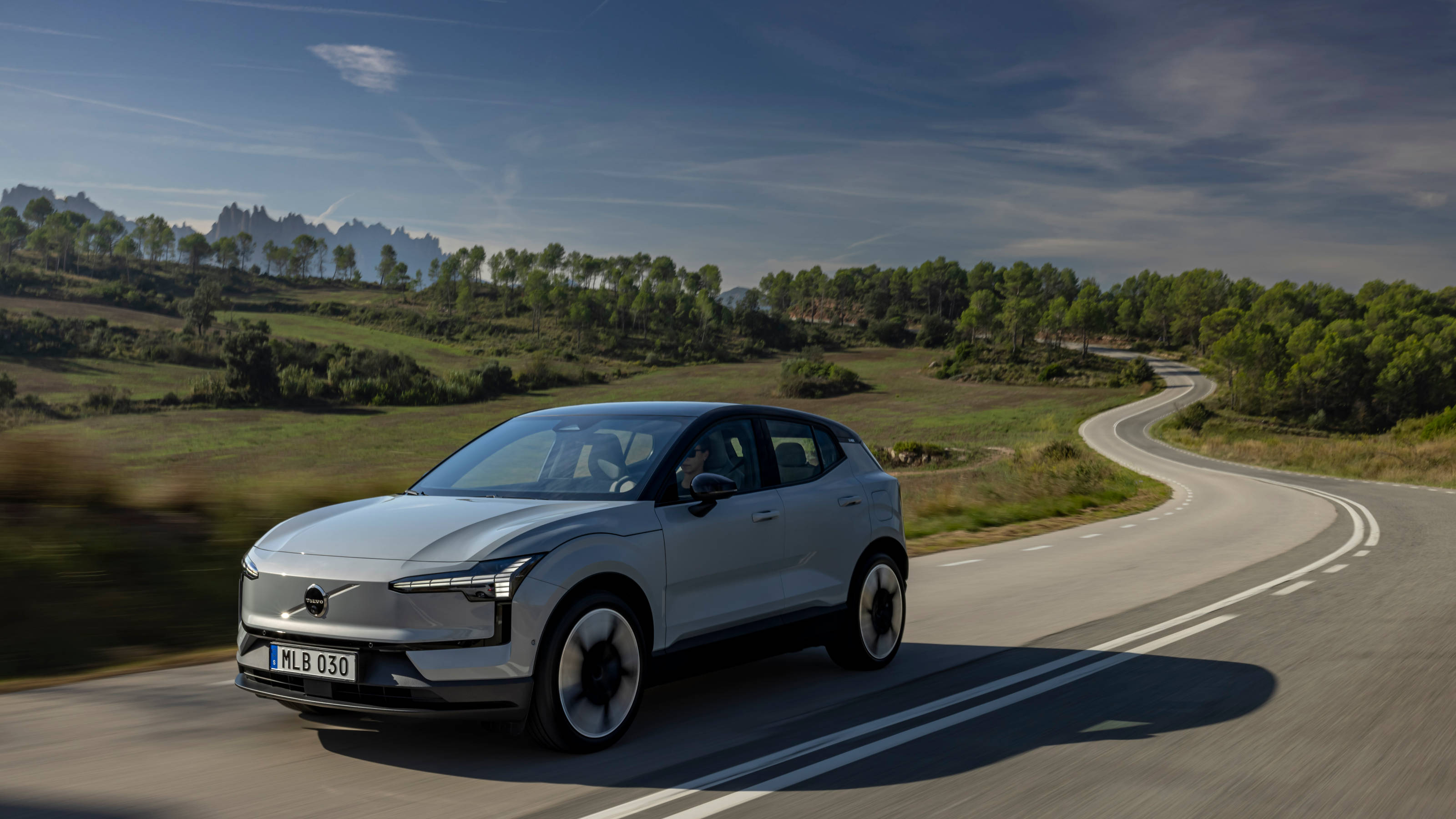
The new Volvo EX30 is something of a triumph for the Swedish brand. Billed as a ‘starter EV’ by a company that thinks of itself as a pioneer in all things electric, the EX30 – of which we took a first look earlier this year – is both the smallest Volvo now on sale and an explicit disavowal of the models that made company’s name back in the 1960s and 1970s – the sturdy saloon and estate cars.
The EX30 is a compact SUV. Before you scroll away in frustration, bear us out. It’s true that this particular genre of electric automobile is over-subscribed, but where the EX30 succeeds is in its blending of artful minimalism with no-nonsense functionalism, along with a drivetrain that is rather sportier than you might expect.
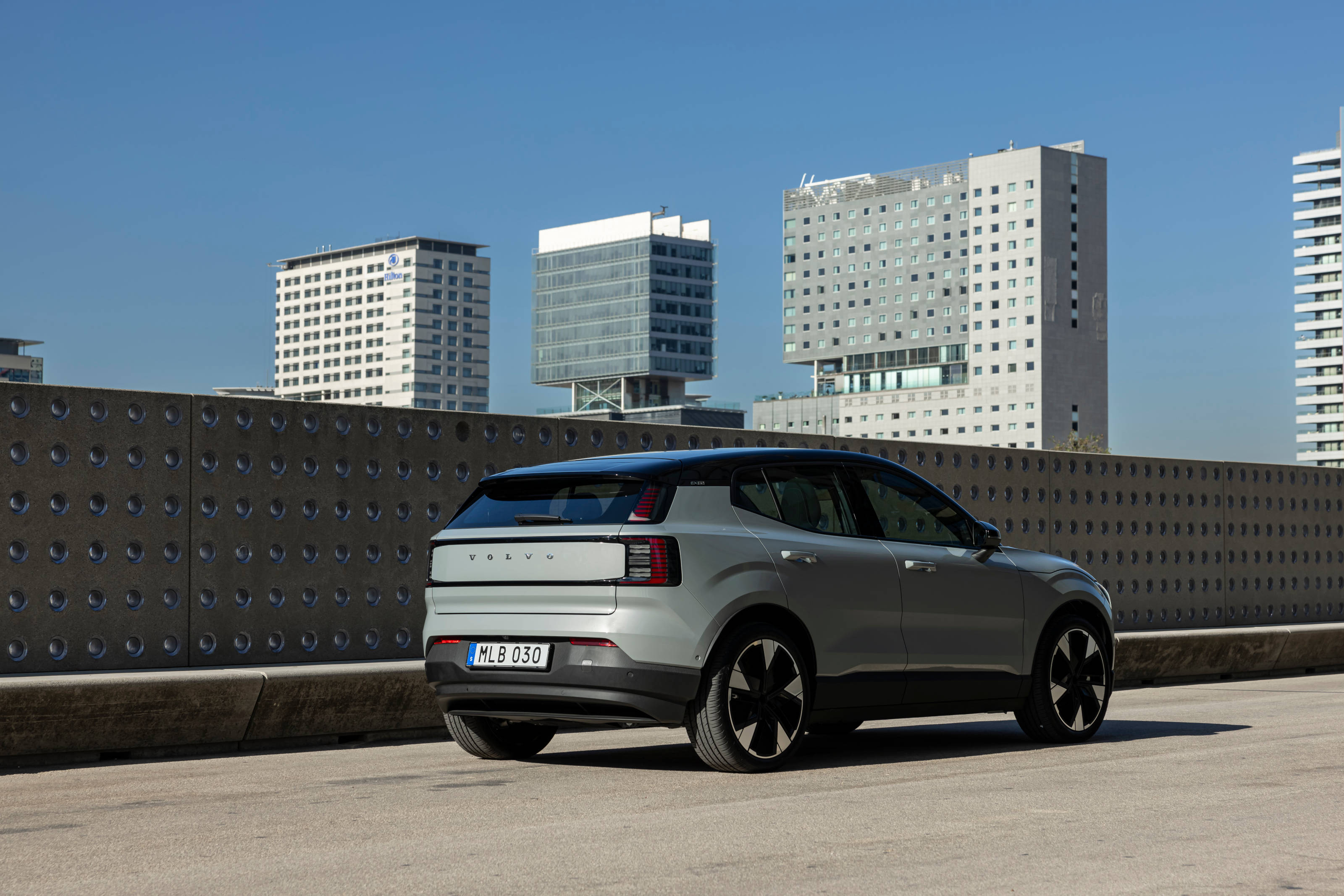
Volvo’s ongoing evolution from safety-obsessed national treasure into global EV powerhouse is driven by the benign curatorship of parent company Geely, a Chinese titan with a portfolio that also includes Polestar, Lynk & Co, Zeekr, Proton, and Lotus. Geely has honed the art of cross-platform engineering, deploying a series of tweakable EV platforms in close collaboration with various design studios to make cars that are both innovative and distinctive.
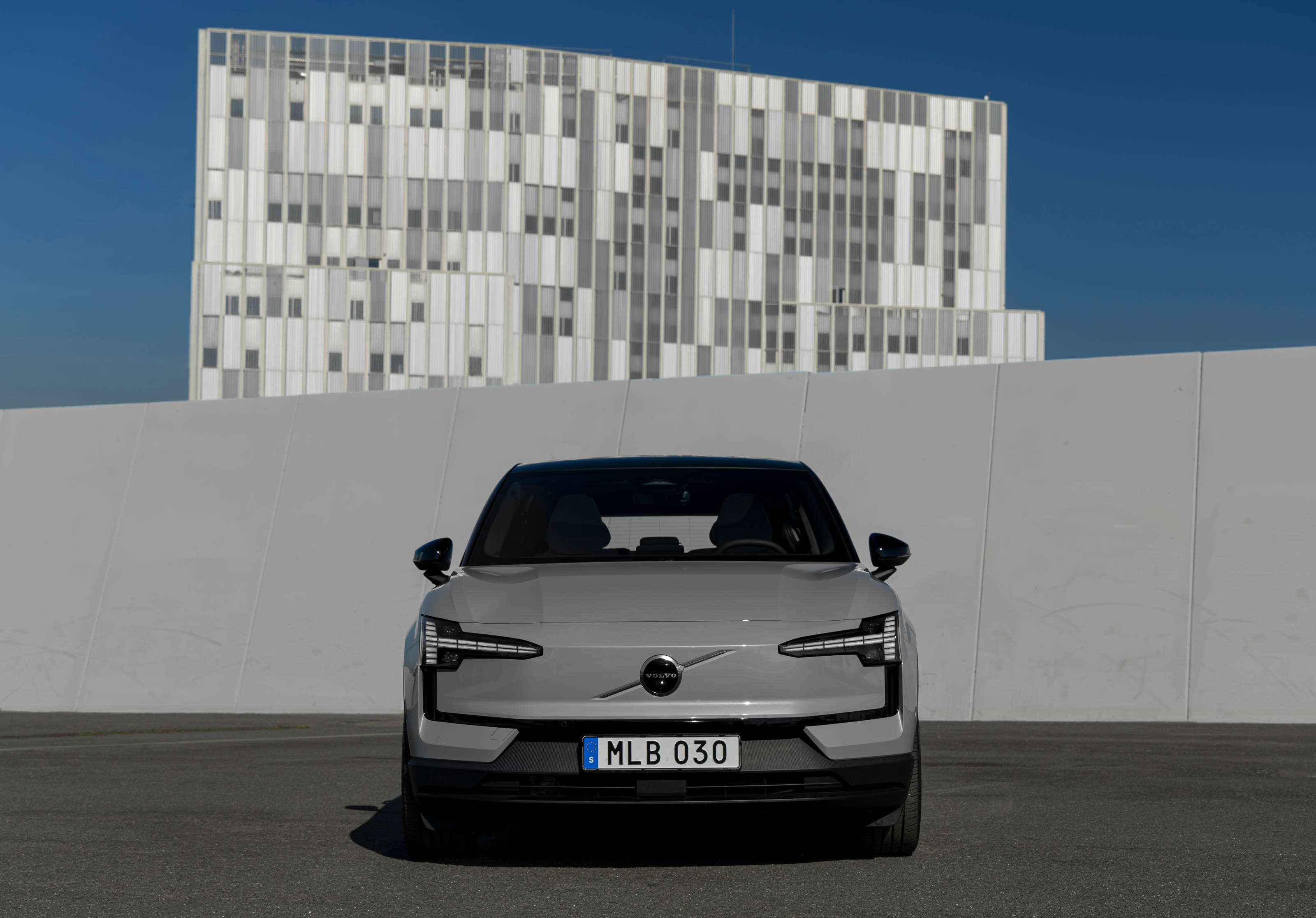
Of these brands, only Volvo and Lotus have heritage to hang on to and translate into modern market demands. That’s driven Lotus’ diversion into luxury SUVs (see the Lotus Eletre) and saloons (see the Lotus Emeya), and Volvo’s disavowal of the boxy estate car in favour of crossovers and SUVs.
The ‘little’ Volvo is given a characterful, rugged stance, with the diagonal grille now reduced to a slash across the nose. Surfaces are pronounced and creased, with the body split between dark low trim and painted panels to reduce the visual effect of height.
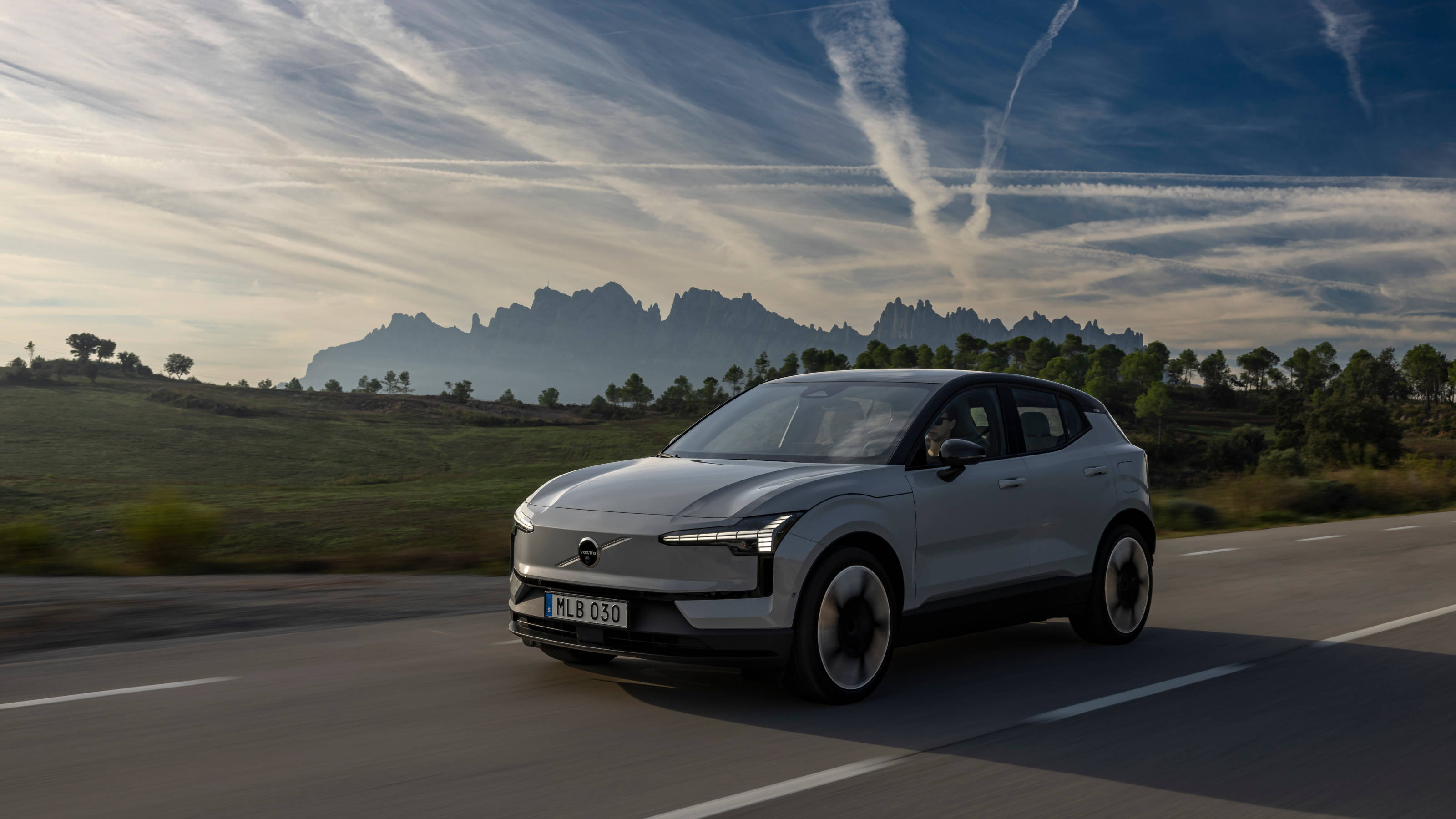
Inside, there’s a renewed focus on innovative materials, depending on the trim and model. These include either woven flax – seen here – for dashboard and doors or upcycled denim fibres and ground plastic waste from old UPVC window frames. Seats can be trimmed in a tailored wool blend (70 per cent of which is recycled polyester) or Nordico, a new ‘bio-attributed material partly made from Finland- and Sweden-sourced pine oil’. Carpets are 100 per cent recycled PET bottles, bodywork is 25 per cent recycled aluminium, and safety is not said to be compromised one iota.
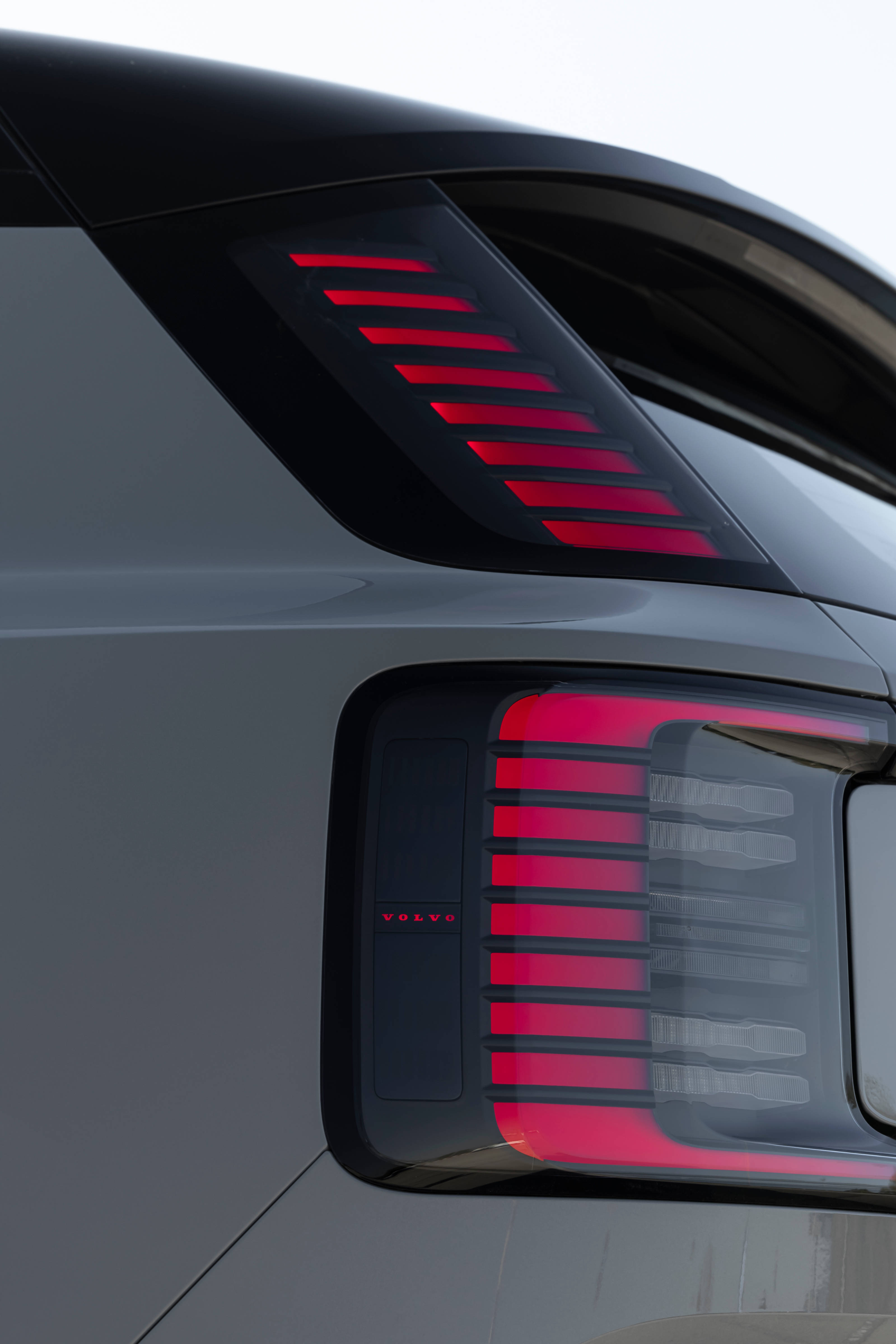
All this dramatically cuts the carbon outlay for constructing a car, something that Volvo (along with Polestar) has been prominently and transparently promoting in its quest to lower the environmental cost of motoring. There’s still some way to go before any four-wheeled vehicle hits net zero, however; Volvo says that the ‘EX30 is designed to have the smallest lifecycle CO2 footprint of any Volvo car to date – total carbon footprint over 200,000km of driving = below 30 tonnes’.
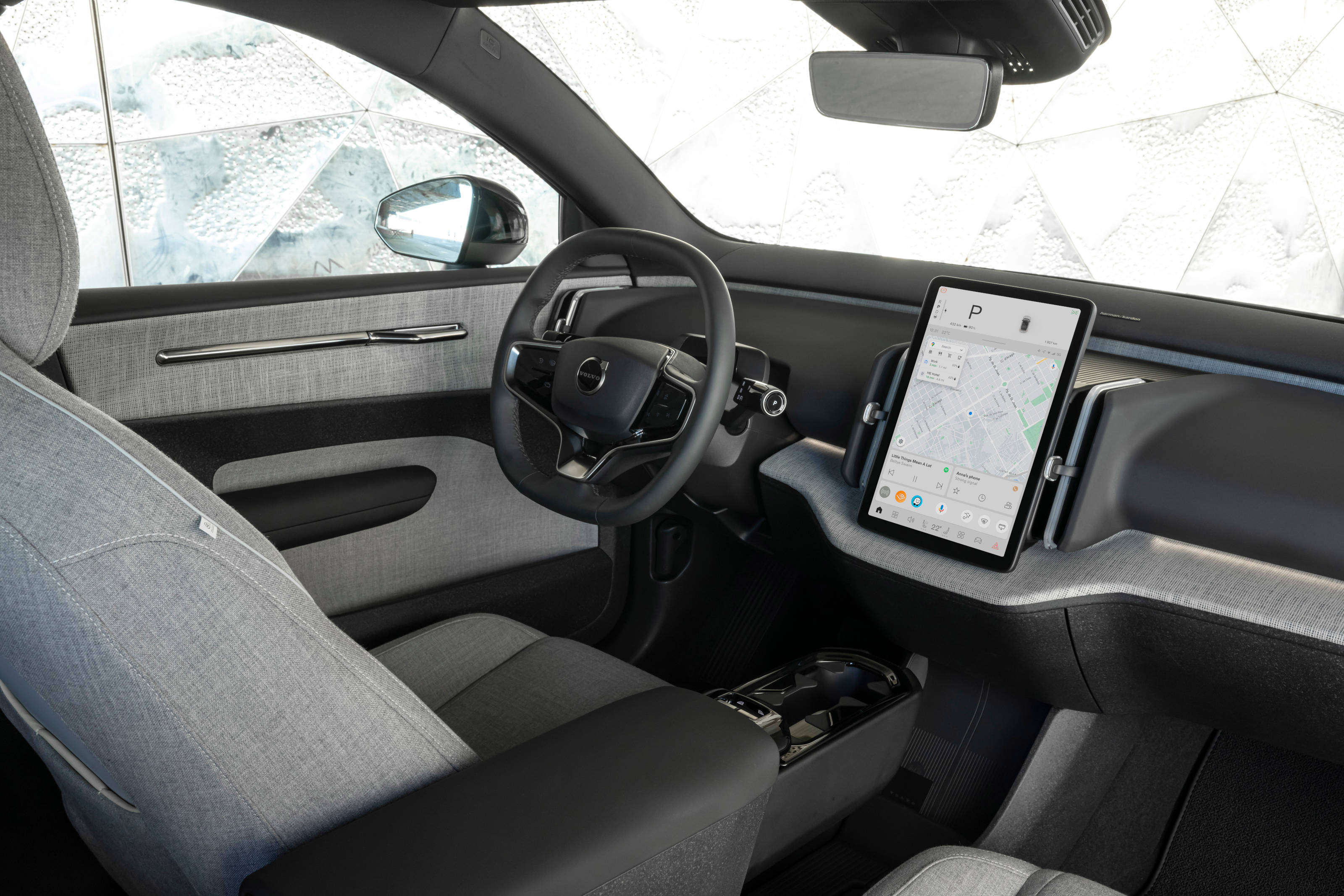
All of this sleek but sensible material design underpins a cabin dominated by a central screen and very few physical buttons – not necessarily the first choice of the truly safety minded, who might not gel with the need to push an on-screen button to open the glove box. As in most modern cars, driving systems are there to help take up the slack and any possible attention deficit, with collision avoidance, speed warnings, and Volvo’s Pilot Assist tech for a light introduction to autonomy (still far away beyond the distant horizon).
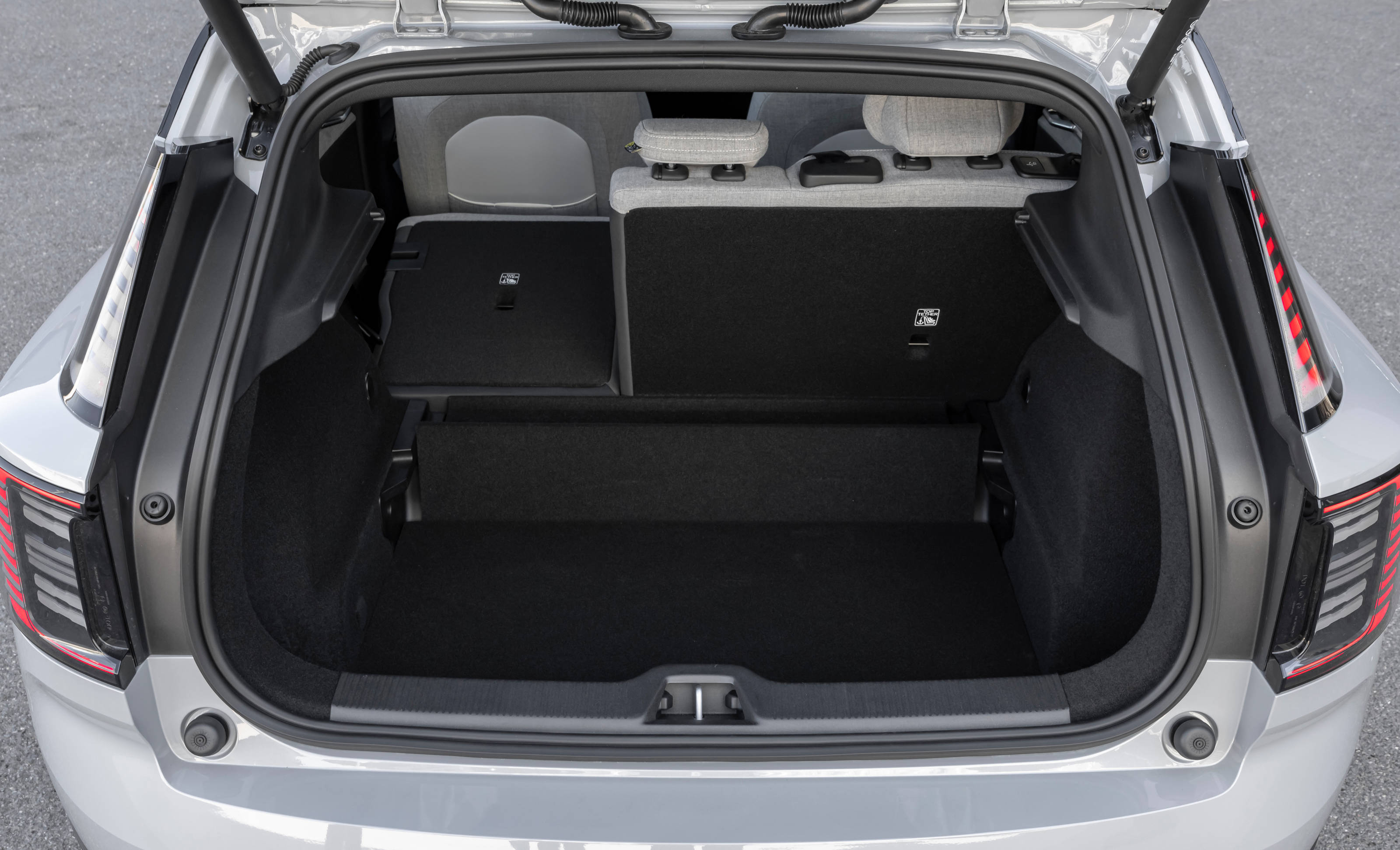
The 12.3in screen is powered by Google, with all the company’s core functionality baked into the heart of the car. It's a slightly weird partnership – the staid and sober Swedes and the carefree, information-hungry Californians all mediated by Chinese underpinnings and money. Yet rather than the end result feeling all over the place, the EX30 keeps these disparate influences cloaked beneath a pared-back, no-nonsense sense of purpose, helped by materials innovation and a spacious interior.

It's also extremely quick. The high-end twin motor model has a 0-60mph time of 3.4 seconds – making it the fastest accelerating Volvo in history. Range is generally above average at up to 275 miles for the Single Motor Extended Range variant, and charging is fast but not ultra rapid (the fastest on offer is 10-80 per cent in just under half an hour). The EX30 steers and stops beautifully, with a fluidity and poise that’s rare in this sector. It might not be the obvious car for a driving enthusiast, but they’re unlikely to be disappointed.

Other things that caught our eye were the Harman Kardon Premium Sound system, with a home audio-style soundbar taking pride of place on the dashboard, as well a plethora of storage cubby holes scattered throughout the cabin. There’s even a ‘will it fit’ size guide located inside the rear tailgate, handy for those trips to Ikea or equivalent.
The EX30 is currently built in Zhangjiakou, China, but plans are afoot to start production in Belgium alongside the XC40 and C40 models. Coming soon is an EX30 Cross Country variant, ensuring the survival of Volvo’s name for rugged, slightly more off-road-focused versions of its key cars.
Volvo EX30, from £33,795, Twin Motor Performance ‘Ultra’ model from £44,495, VolvoCars.com







